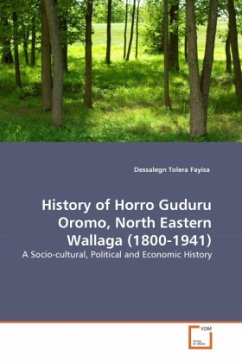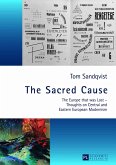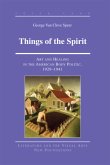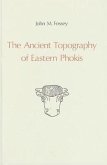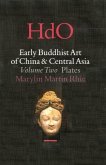Horro Guduru, an area south of Abbay is settled by different Maca Oromo clans such as Guduru, Jimma, Horro, Amuru, Jidda and Limmu. Their settlement in the area seems to have begun in the second half of 16th century. Since then they have occupied the whole greenish and lush areas of Horro Guduru awaraja. The Maca clans of Horro Guduru had exercised the egalitarian Gada system for long period. But it was only after the second half of 19th century that the system interrupted by internal and external factors. Externally, the Gojjame invasion of the area had strong impacts on the social, cultural, political and economic establishment of the society. Although not successful, Horro Guduru Oromo made stiff resistance to preserve their traditional system.Thus,the author tried to analyze the social, political, cultural and economic practices of Horro Guduru Oromo with particular emphasis on the period between 1800-1941.
Bitte wählen Sie Ihr Anliegen aus.
Rechnungen
Retourenschein anfordern
Bestellstatus
Storno

